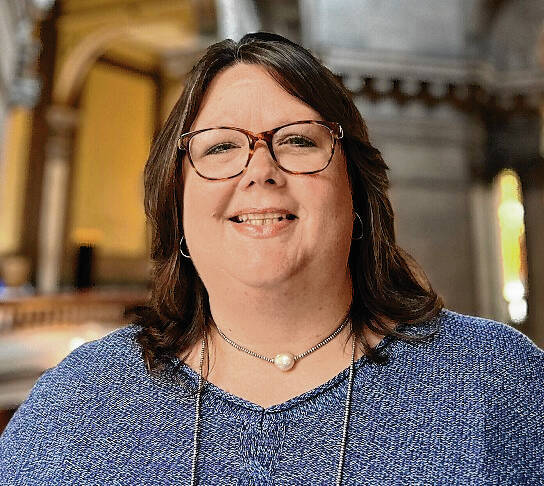In a rarity since moving here to Indiana in 1996, I got to lay on my couch and watch the Indianapolis 500 live, from green flag to checkered flag. And it shouldn’t have taken a four-hour rain delay to make that happen.
It’s time to ditch the archaic central Indiana blackout. The Kentucky Derby — similarly the marquee event for its sport — doesn’t black it out for Kentucky residents.
Viewership for the rain-delayed Indianapolis 500 was up 8% this year, and 10% over 2022 according to Indianapolis Star’s Nathan Brown.
The race averaged 5.34 million viewers across both NBC and Peacock. And with the blackout lifted, Indianapolis led as the No. 1 market. The peak was 6.46 million viewers over the thrilling closing laps.
It’s hard to say what caused the spike in viewership.
It could be that one of NASCAR’s most popular drivers, Kyle Larson, crossed over to try to run the double: the Indianapolis 500 and the Coca-Cola 600.
It could be that the race was delayed to the afternoon, allowing people to be past church and lunchtime in various parts of the country.
And it could be that a lot of Hoosier fans, like me, got to watch live because the blackout was lifted.
race
Indianapolis Motor Speedway (IMS) Communications Director Amanda Stanley said there was an exceptional amount of momentum heading into race day led by storylines such as Larson’s double attempt and driver Helio Castroneves’ bid for a fifth win.
“The NTT INDYCAR SERIES itself is incredibly competitive and challenging, offering more passes for the lead and more potential race winners than its peers. These same elements that contributed to strong ticket sales also translated to strong viewership numbers,” she said.
Plenty of factors go into viewership, but the blackout is personal.
IMS reports that about 60% of Indy 500 tickets are sold to someone with an Indiana address, which I have to admit is higher than I expected.
But this idea that IMS must completely sell out of seats or punish local fans is just antiquated. That’s especially when central Indiana has supported the speedway in so many ways, including government incentives and subsidies.
A blackout hurts older and disabled fans who can’t walk miles from a parking lot and spend hours in the hot sun. For other fans, the financial cost is simply too much.
And this year, the gap between tickets sold and a total sellout seemed minimal at best.
Yes, 5,000 unsold grandstand tickets sounds like a lot. But not when you have 345,000 tickets sold. It’s less than 2% from a sellout. The National Football League uses an 85% level to determine a sellout.
If IMS insists on keeping this rule, I suggest setting a reasonable limit: if within 5%, then the blackout is lifted.
Try something new
IndyCar needs a new generation of fans. Its attendance has dropped for years with more competition for the entertainment dollar. So, it seems obvious to me that if younger folks could watch it live they might want to go to see it in person.
Gov. Eric Holcomb was asked Wednesday whether the Indianapolis Motor Speedway — owned and led by Roger Penske — should get rid of the blackout.
“I know my lane and it’s not in pit lane. I’ll leave it to the IMS to determine the best way to connect with fans,” he said. “Connecting with fans and growing the fan base, I’m quite confident they’re looking at that.”
He went on to reminisce about his childhood and the Indy 500.
“I grew up as a little kid at neighborhood picnics in a garage of whoever’s number was called listening to it on the radio. That’s how I was connected. So, whether you’re watching it delayed, you’re there in person, listening to it on the radio. I know a lot of my fellow service members in the military, we’re getting it via radio feeds around the world. So, there’s different ways to connect to it, but they’ll have to deal with that.”
That sounds amazing, but when is the last time you’ve seen kids listening to the radio together in a garage? The world has changed and it’s time for IMS to change with it.
Try it for a few years. If attendance dips, then reinstate it. But for a sport struggling to find fans, why make it more difficult for Hoosiers to watch the biggest race of the year?
Niki Kelly is editor-in-chief of indianacapitalchronicle.com, where this commentary first appeared. She has covered Indiana politics and the Indiana Statehouse since 1999 for publications including the Fort Wayne Journal Gazette. Send comments to [email protected].





